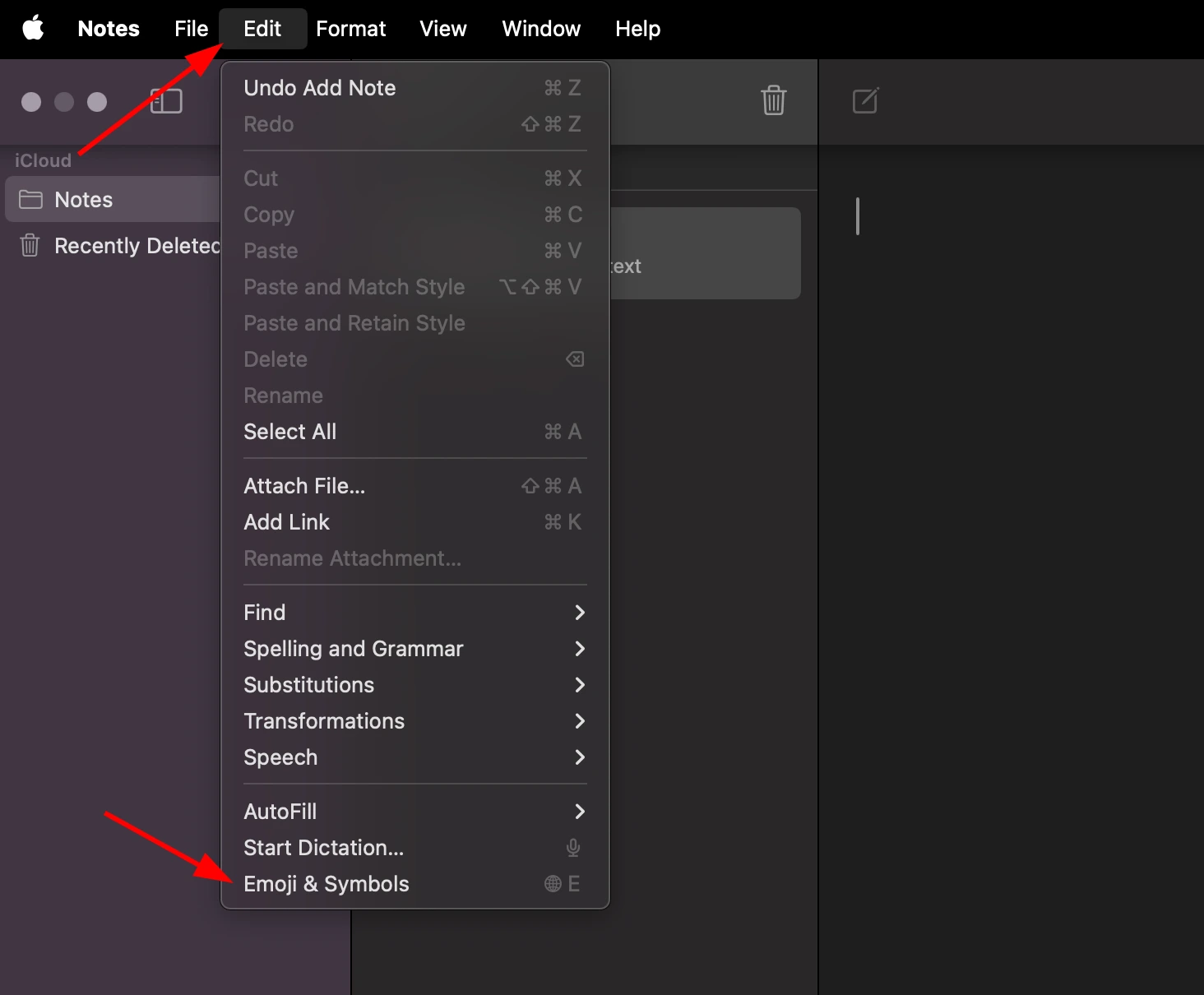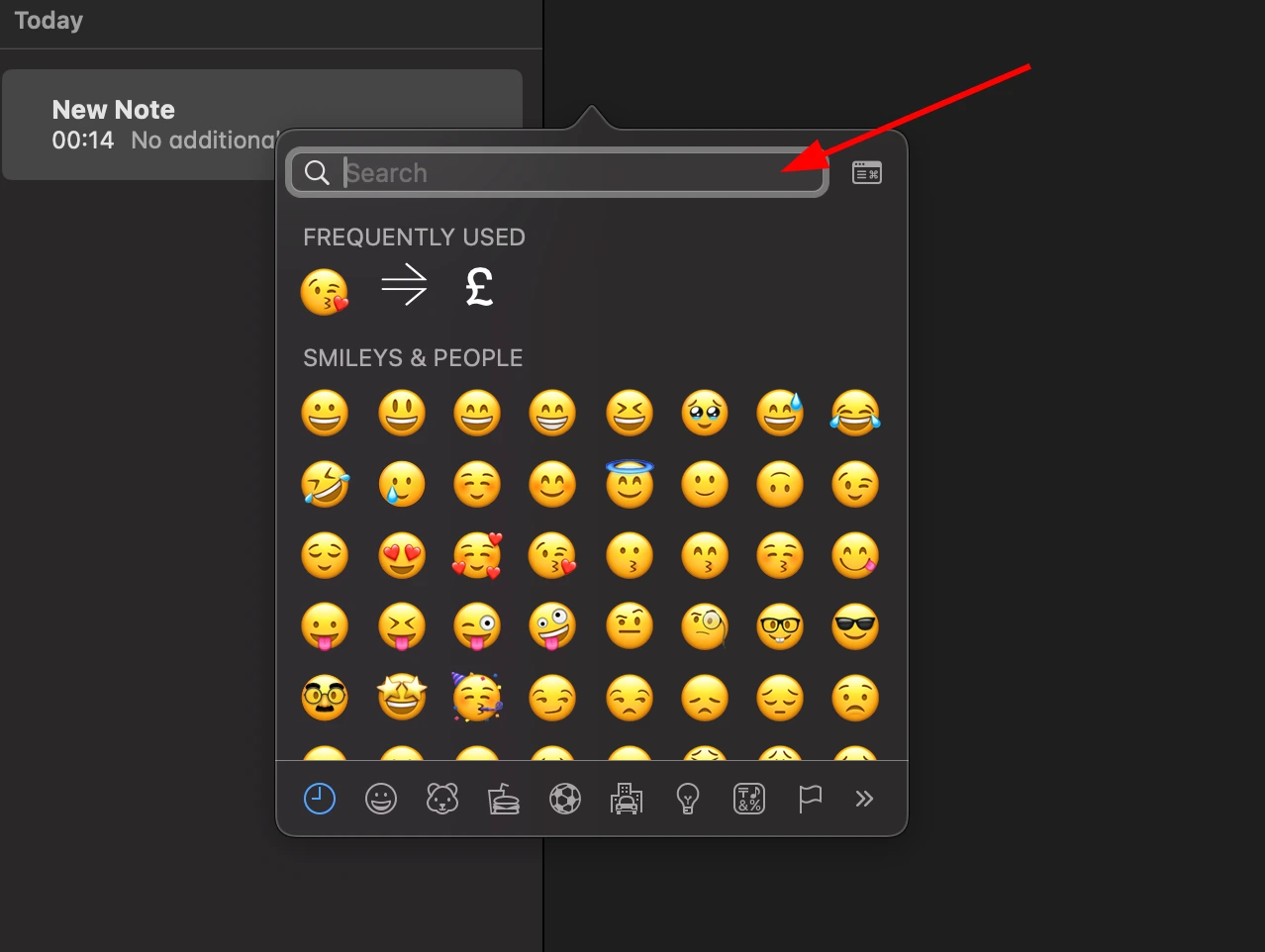Trade Mark Sign Symbol ™
An identifiable sign, design, or expression that identifies goods or services as coming from a specific source and sets them apart from others is known as a trademark (also written trade mark or trade-mark). The owner of a trademark may be an individual, a company, or another legal entity. A trademark might be found on the product itself, on a label, a voucher, or a package. Sometimes trademarks used to distinguish services are referred to as service marks.
Usage
A trademark identifies the company that owns the brand for a specific good or service. Under licensing agreements, trademarks can be utilized by third parties. For instance, Bullyland obtained a license to produce Smurf figurines, the Lego Group bought a license from Lucasfilm to launch Lego Star Wars, and TT Toys Toys is a manufacturer of licensed ride-on replica cars for kids. Brand piracy is the illegal use of trademarks in the manufacture and sale of imitation consumer goods.
Designation and symbols
These symbols can be used to identify trademarks:
- ™ ("trademark symbol", which is the letters "TM" in superscript, for an unregistered trademark, a mark used to promote or brand goods)
- ℠ (which is the letters "SM" in superscript, for an unregistered service mark, a mark used to promote or brand services)
- ® (the letter "R" surrounded by a circle, for a registered trademark)
History
Typically, blacksmiths who forged swords in the Roman Empire are cited as the first trademark users in trademark treatises. Other well-known brands with a long history of use include Stella Artois, which dates back to 1366, and Löwenbräu, which dates back to 1383 and claims use of its lion mark. Under King Henry III's rule, the English Parliament enacted the first trademark law in 1266, requiring all bakers to use a distinctive mark on the bread they sold.
The late 19th century saw the emergence of the first contemporary trademark laws. The "Manufacture and Goods Mark Act," which was enacted in France in 1857, created the first extensive trademark system in history. Imitating a trade mark "with intent to defraud or to enable another to defraud" is a crime in Britain, according to the Merchandise Marks Act of 1862. With the passage of the Trade Marks Registration Act 1875, trademarks were finally able to be formally registered at the UK Patent Office. Beginning on 1 January 1876, trademark registration was considered to be the first step in establishing ownership of a trademark. A registrable trade mark was defined in the 1875 Act as "a device or mark, or the name of a person or a firm printed in a particular and distinctive manner; a written signature or a copy of a written signature of a person or a firm; or a distinctive label or ticket."
In 1870, Congress made an initial attempt to create a federal trademark regime in the US. This law was meant to be a demonstration of Congress' authority under the Copyright Clause. But later in the decade, in the Trade-Mark Cases, the Supreme Court invalidated the 1870 law. A new trademark law was enacted by Congress in 1881, this time in accordance with its powers under the Commerce Clause. In 1905, Congress amended the Trademark Act. After a number of amendments, the Lanham Act of 1946 became the main federal law governing trademarks.
The first registration system based on the "intent-to-use" principle was established in the United Kingdom by the Trade Marks Act of 1938. The Act also established a procedure for publishing applications and increased the rights of trademark owners by allowing them to prevent trademark use even when there is little chance of confusion. This Act served as a template for comparable legislation in other countries.
Copy to Clipboard
Trade Mark Sign Symbol Information
| Symbol Name | Trade Mark Sign |
| Unicode Version | 1.1 (June 1993) |
| Unicode | U+2122 |
| CSS Code | \2122 |
| HTML Entity | ™ |
Trade Mark Sign Symbol Encoding
| UTF-8 | 0xE2 0x84 0xA2 |
| UTF-16 | 0x2122 |
| UTF-32 | 0x00002122 |
Table of contents
- Trade Mark Sign PNG and SVG files
- How to type trade mark sign in latex
- How to type trade mark sign on Microsoft Word
- How to type trade mark sign on Microsoft Windows
- How to type trade mark sign on Mac OS
- How to type trade mark sign on Linux
- How to type trade mark sign on IOS and Android
- How to use trade mark sign in CSS
- How to use trade mark sign in HTML
- Trade Mark Sign representation in programming languages
Trade Mark Sign symbol's PNG and SVG files
How to type trade mark sign symbol in latex
\documentclass{article}
\begin{document}
\texttrademark
\end{document}
How to add trade mark sign symbol via keyboard on different Operating systems
You can type the trade mark sign on most modern devices with the help of following methods:
How to type trade mark sign symbol on Microsoft Word
You can type the trade mark sign on microsoft Microsoft Word using steps mentioned below:
- Place your cursor in the text area where you need to insert the symbol and type 2 1 2 2
- Without moving the cursor press keys Alt + x together
- The original 2 1 2 2 is now transformed into ™
How to type trade mark sign symbol on Microsoft Windows
You can type the trade mark sign on Microsoft windows using following steps:
- Hold Alt and press 0 1 5 3 to type trade mark sign on your windows machine.
How to type trade mark sign symbol on Mac OS
You can type the trade mark sign on Mac OS using following steps:
- Place your cursor in the text area where you need to insert the symbol
- Press Ctrl + ⌘ Command + ⎵ Space to bring up the Character Viewer. Alternatively, choose Edit ⇒ Emoji & Symbols
- Type “Trade Mark Sign” in the search field at the top and press Enter
- The symbol should appear. Click on it to insert it into your text


How to type trade mark sign symbol on Linux
You can type the trade mark sign on Linux using following steps:
- Place your cursor in the text area where you need to insert the symbol
- Hold ⇧ Shift + Ctrl and press the letter + U
- Press keys 2 1 2 2 consecutively
- And then press ↵ Enter , the desired symbol will be added to your document
How to type trade mark sign symbol on IOS and Android
The easiest way to type the trade mark sign on ios and android is to copy and paste it wherever you need it.
How to use trade mark sign in CSS
span {
content: "\2122";
}
How to type trade mark sign in HTML
<span>™</span>
Trade Mark Sign symbol representation in programming languages
trade mark sign's representation in different programming languages can be found in table below:
| Language | Representation |
| Rust | \u{2122} |
| Ruby | \u{2122} |
| Python | \u2122 |
| PHP | \u{2122} |
| Perl | "\x{2122}" |
| Java | \u2122 |
| Modern JavaScript - Since ES6 | \u{2122} |
| JavaScript | \u2122 |
| Go | \u2122 |
| C# | \u2122 |
| C and C++ | \u2122 |
| Bash and Zsh - inside echo -e | \u2122 |
| RFC 5137 | \u'2122' |
